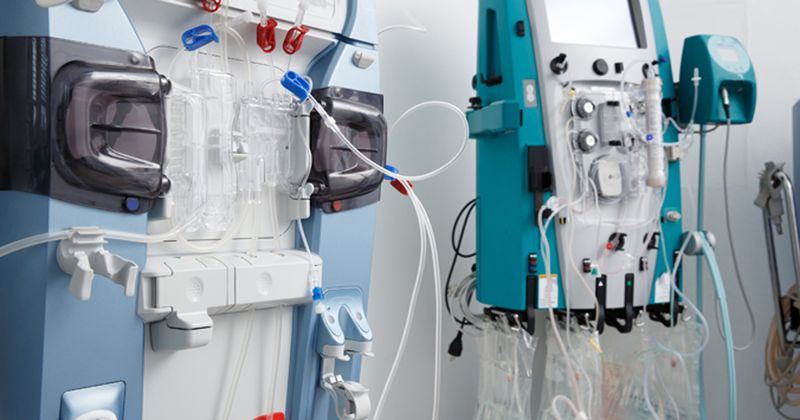Study: Using lower parathyroid hormone targets for secondary hyperparathyroidism effective
Key takeaways:
- A lower parathyroid hormone target treatment method was linked with reduced adjusted hazard of death.
- The approach was associated with fewer cardiovascular hospitalizations.
Using lower parathyroid hormone targets to manage secondary hyperparathyroidism may lower mortality and CVD in patients on hemodialysis, a study found.
“Secondary hyperparathyroidism is a common problem in patients with kidney failure treated with hemodialysis,” Alyssa Platt, MA, of the department of biostatistics and bioinformatics at Duke University School of Medicine in Durham, North Carolina, and colleagues wrote. Researchers compared different approaches to parathyroid hormone (PTH) targets and agents “to plan definitive trials related to secondary hyperparathyroidism, mortality and [CVD] in patients treated with hemodialysis.”

The study included adults on in-center hemodialysis at a national clinic who had secondary hyperparathyroidism and were Medicare-insured for at least 180 days. They did not have contraindications limiting participation. The PTH target trial focused on patients with new-onset secondary hyperparathyroidism, characterized by an initial PTH level between 300 pg/mL and 600 pg/mL, and two distinct study arms defined as up-titration of either vitamin D sterols or cinacalcet within 30 days (lower target), and the other without up-titration (higher target).
The agent trial followed patients with a PTH level of at least 300 pg/mL while on a weekly dose of at least 6 mcg of vitamin D sterol and no prior history of cinacalcet. The group was categorized into vitamin D-favoring, cinacalcet-favoring and non-defined arms based on initial agent change within 30 days.
There were 1,152 patients in the PTH trial (635 lower target, 517 higher target), while the agent trial had 2,726 unique patients with 6,727 patient-trials in the agent trial (6,268 vitamin D-favoring trials and 459 cinacalcet-favoring trials).
Outcomes included all-cause death and cardiovascular hospitalization or death.
According to results, the lower PTH target approach was associated with a reduced adjusted hazard of death, cardiovascular hospitalization and the composite outcome. The cinacalcet-favoring approach showed lower adjusted hazard of death when compared with the vitamin D-favoring approach, although it did not show significant differences in cardiovascular hospitalization or composite outcome.
While more research is needed, investigators found that “[secondary hyperparathyroidism] SHPT management focused on lower PTH targets may lower mortality and [CVD] in patients receiving [hemodialysis] HD,” researchers wrote. “These findings should be confirmed in a pragmatic randomized trial.”
